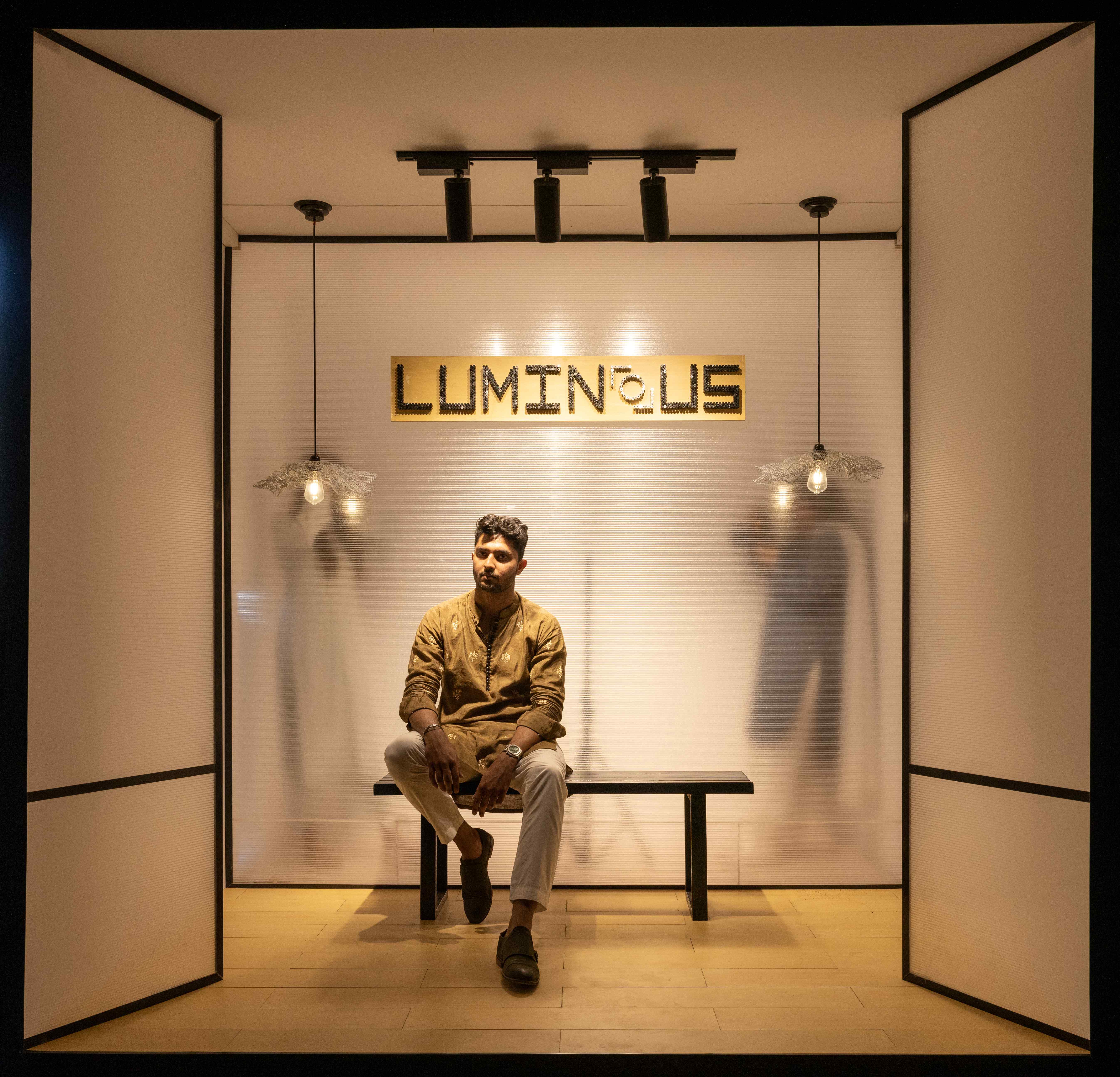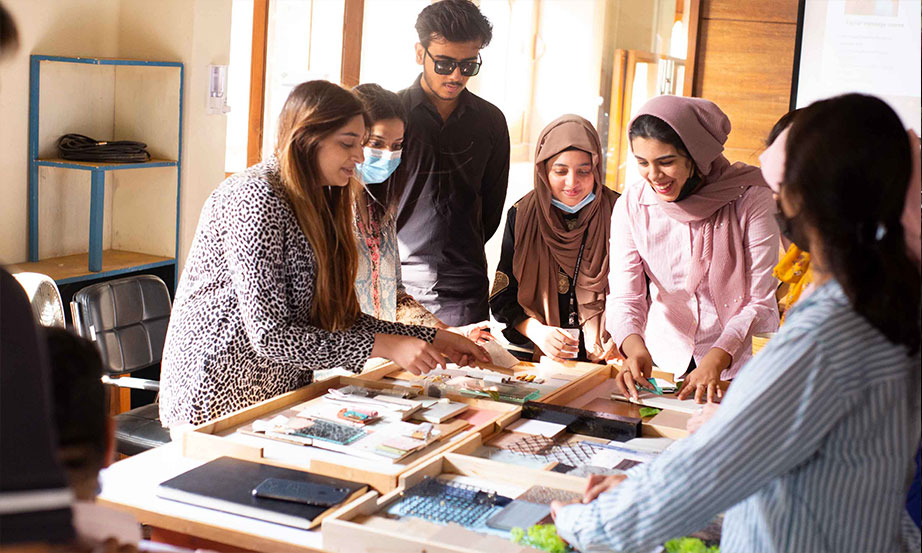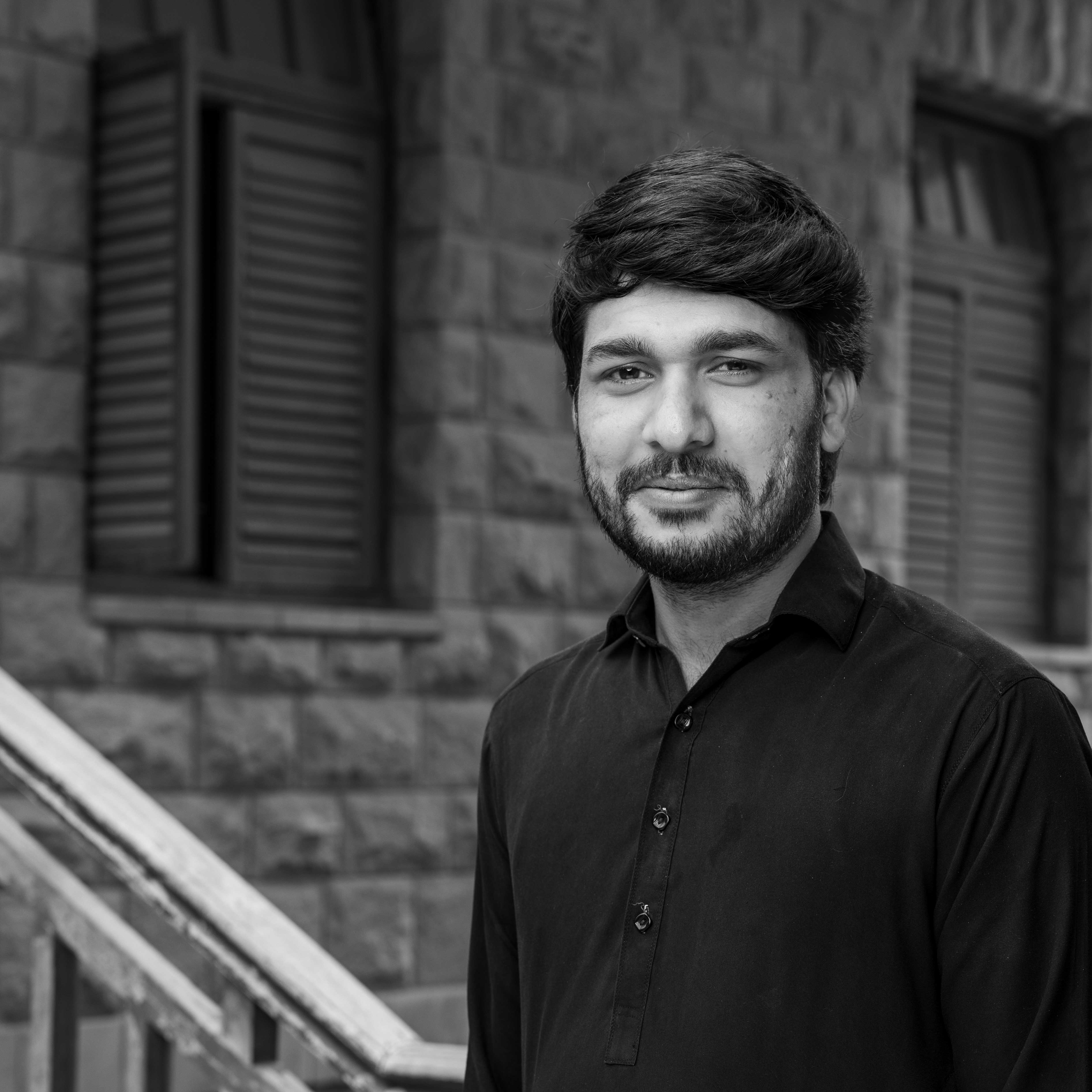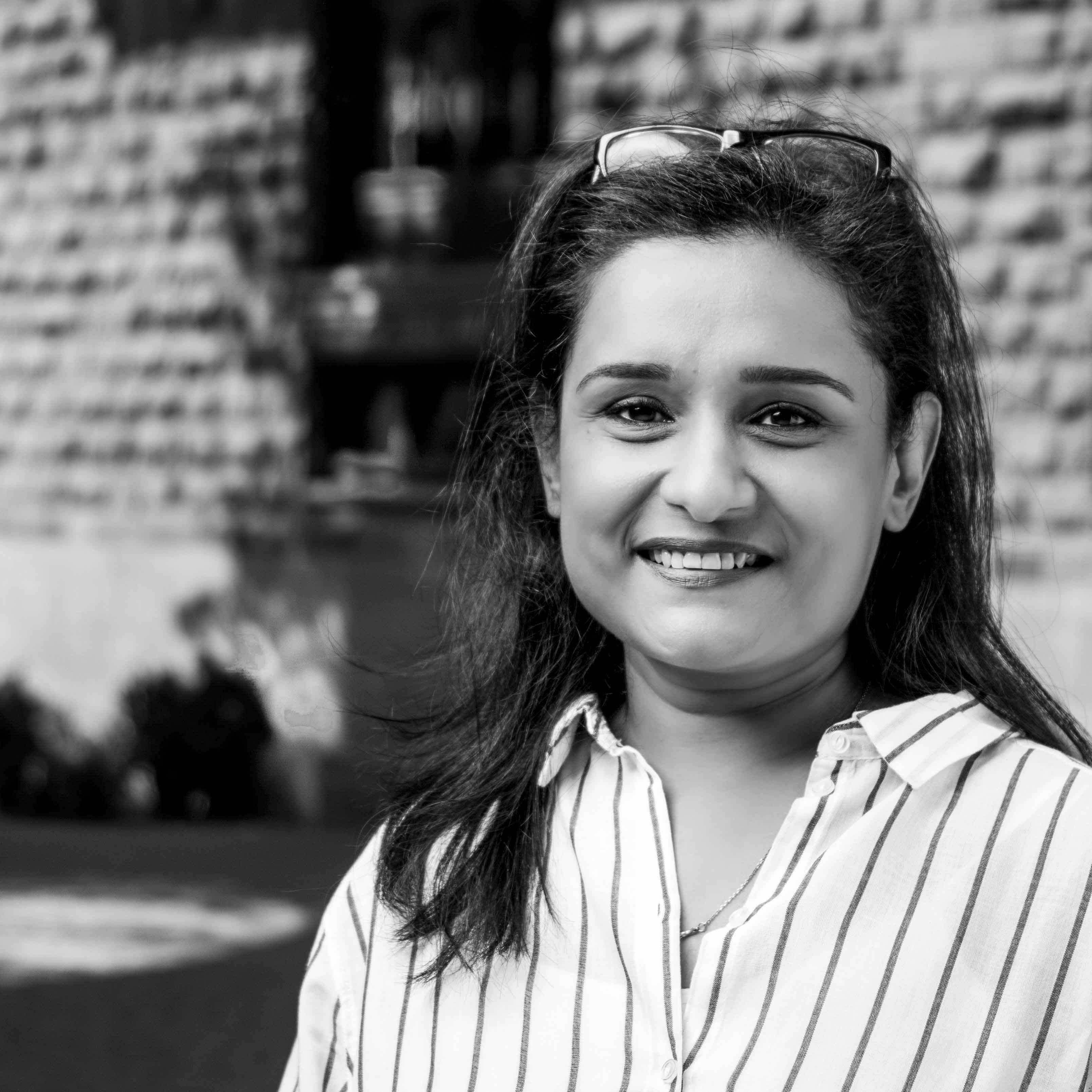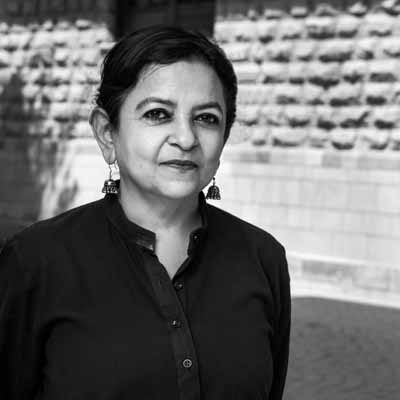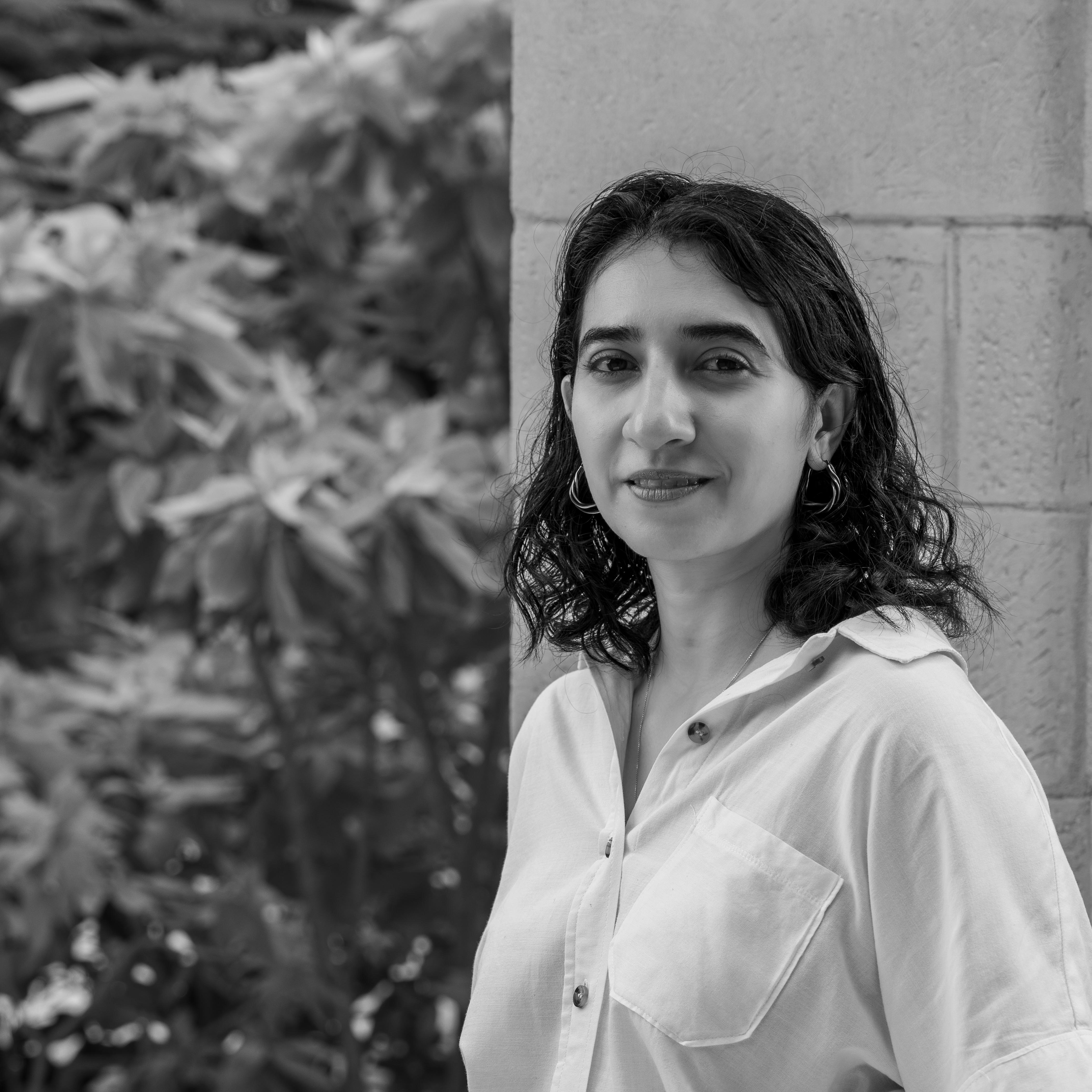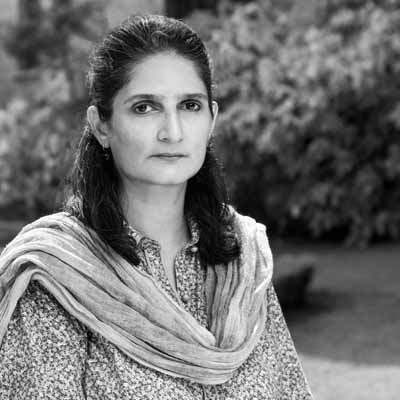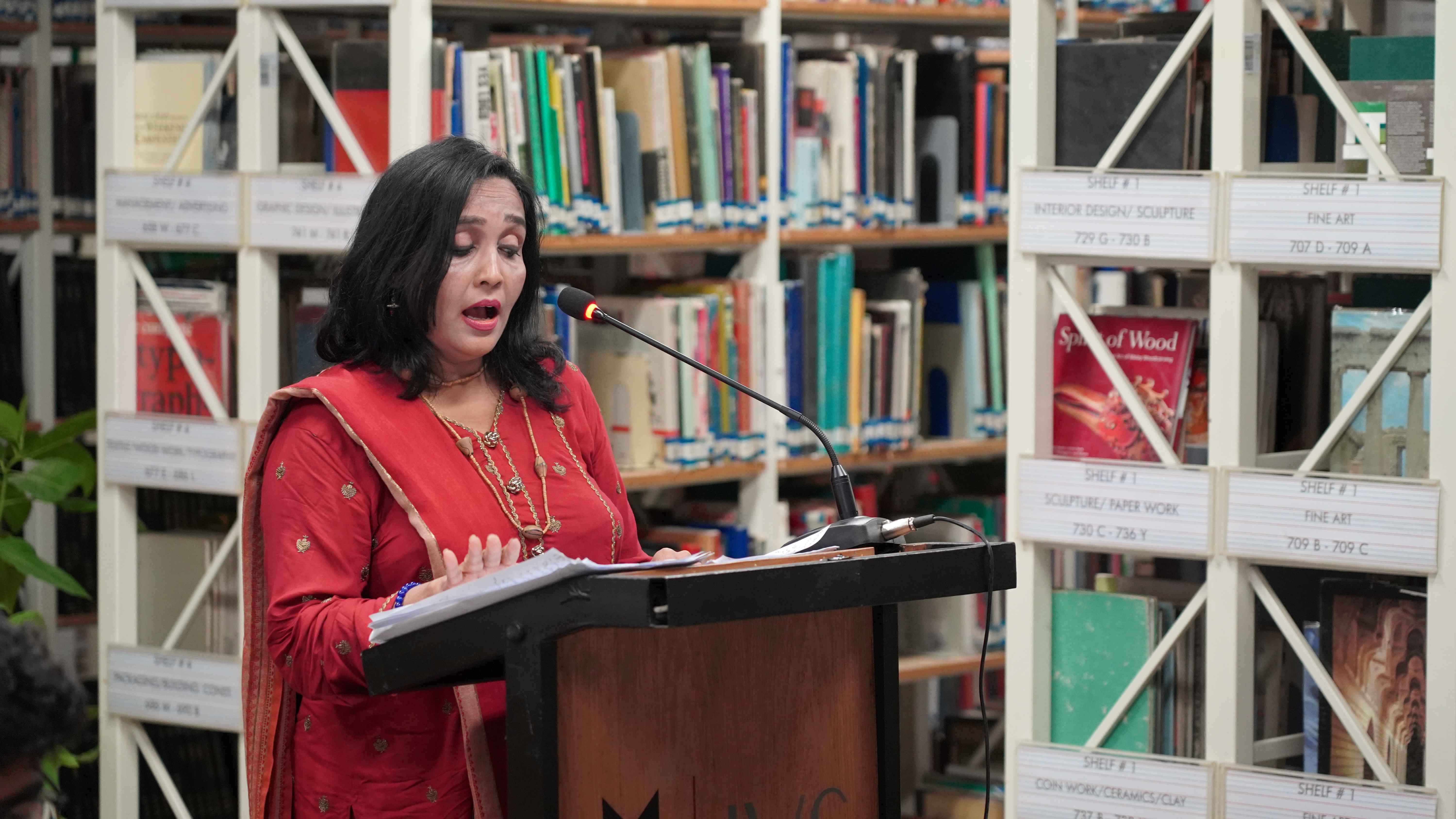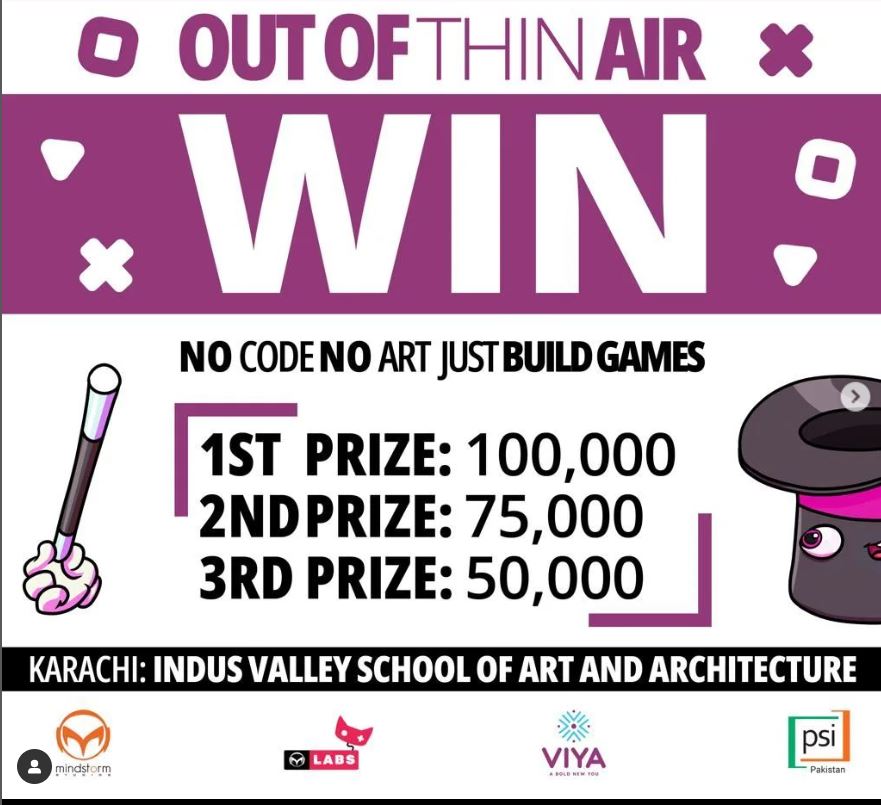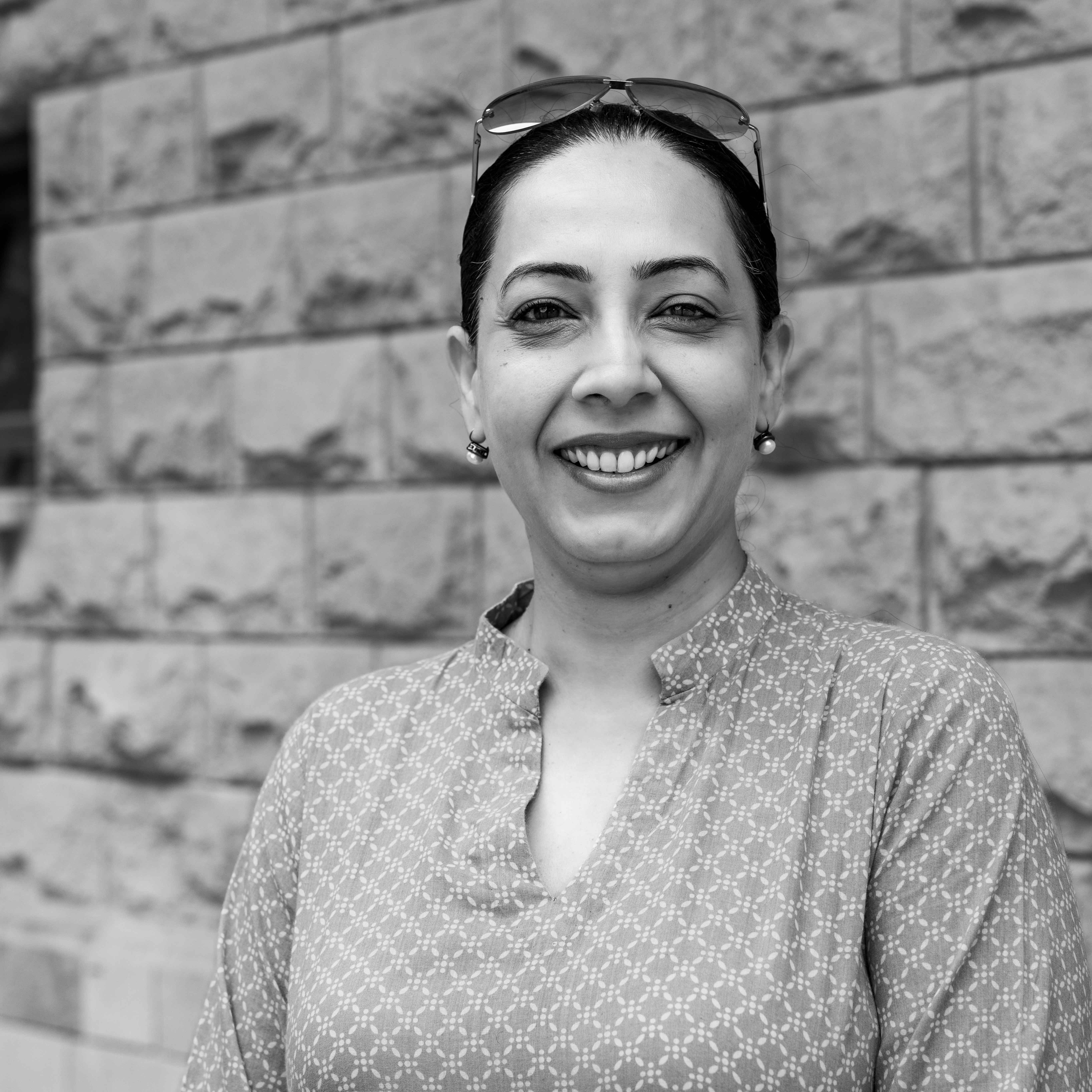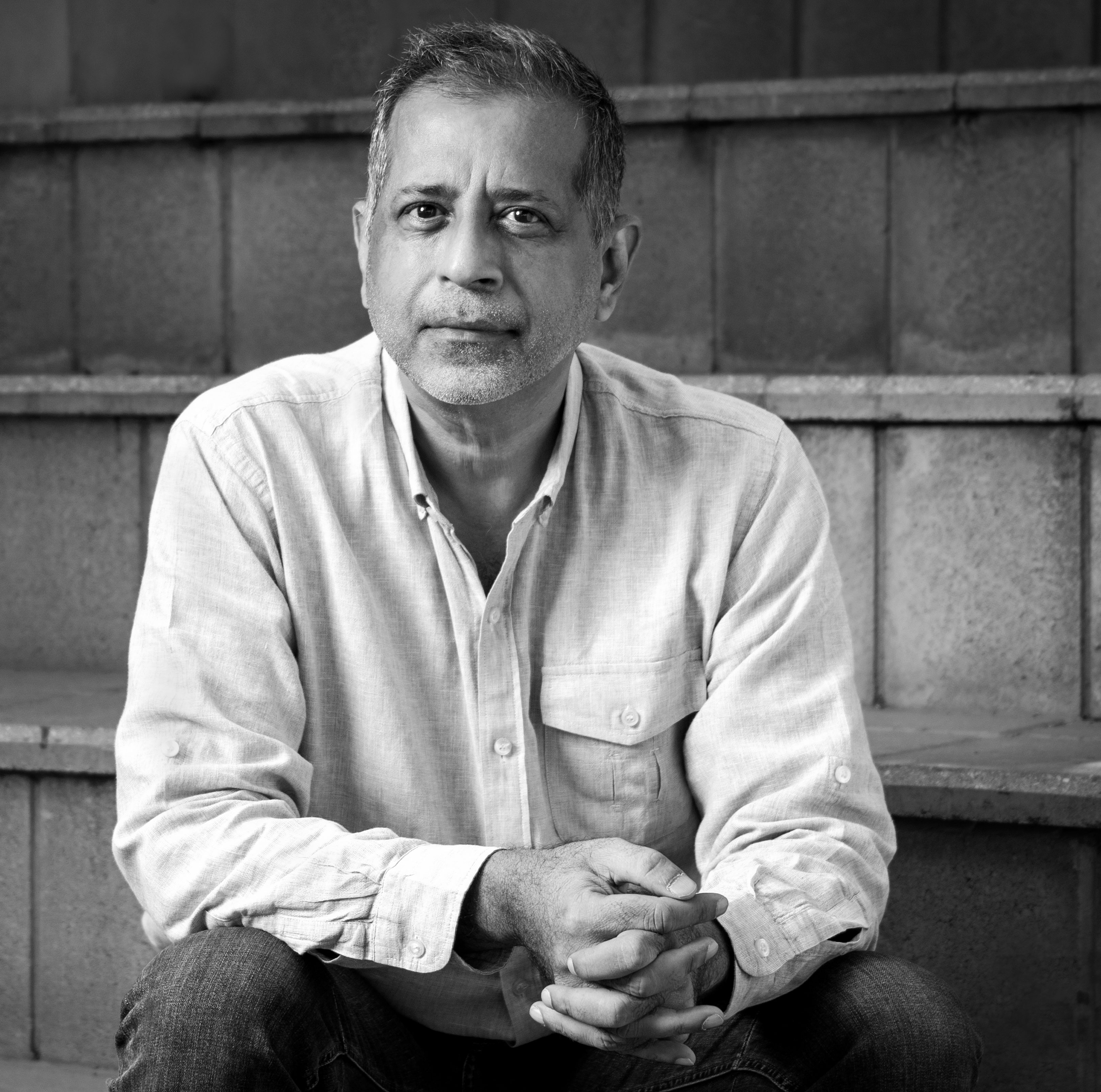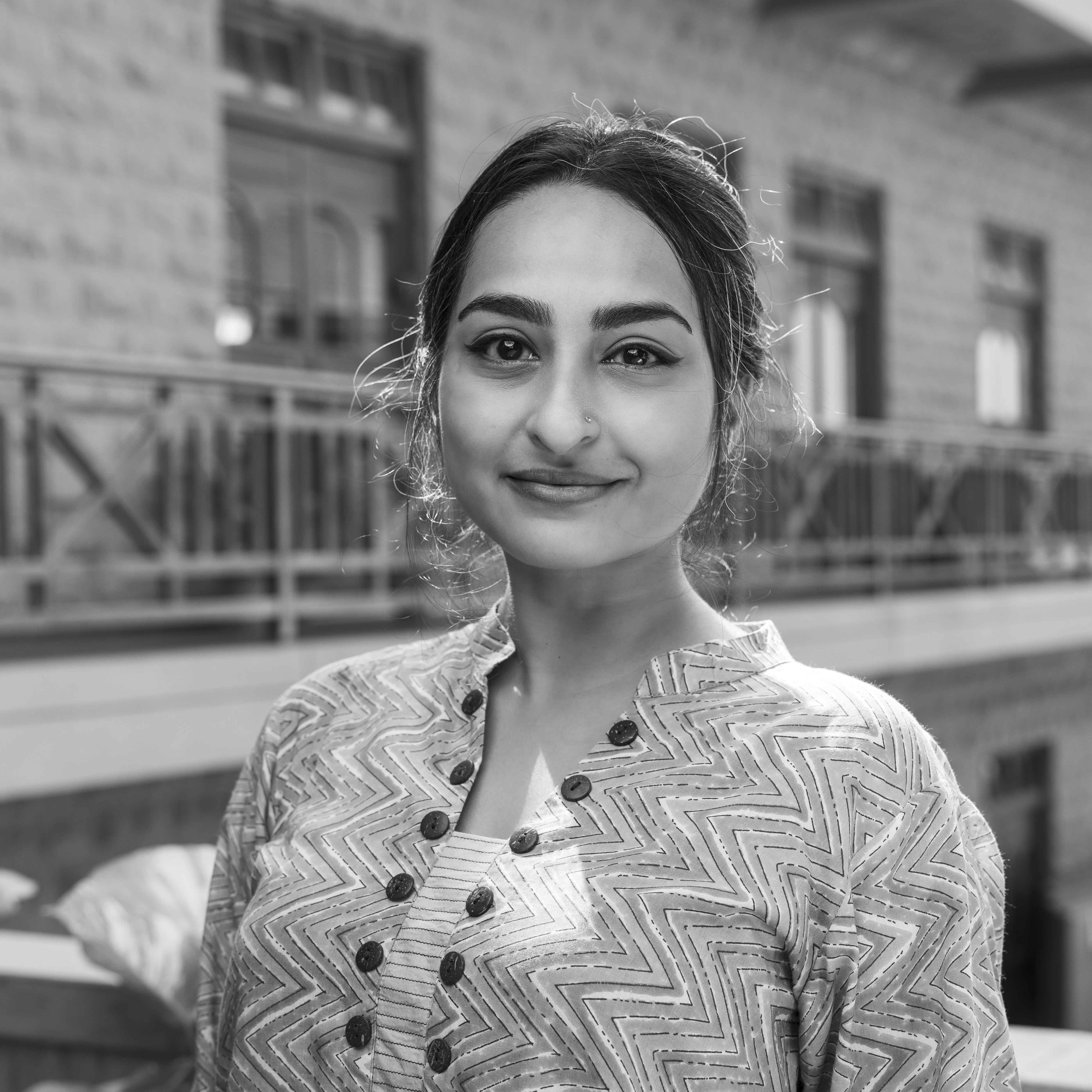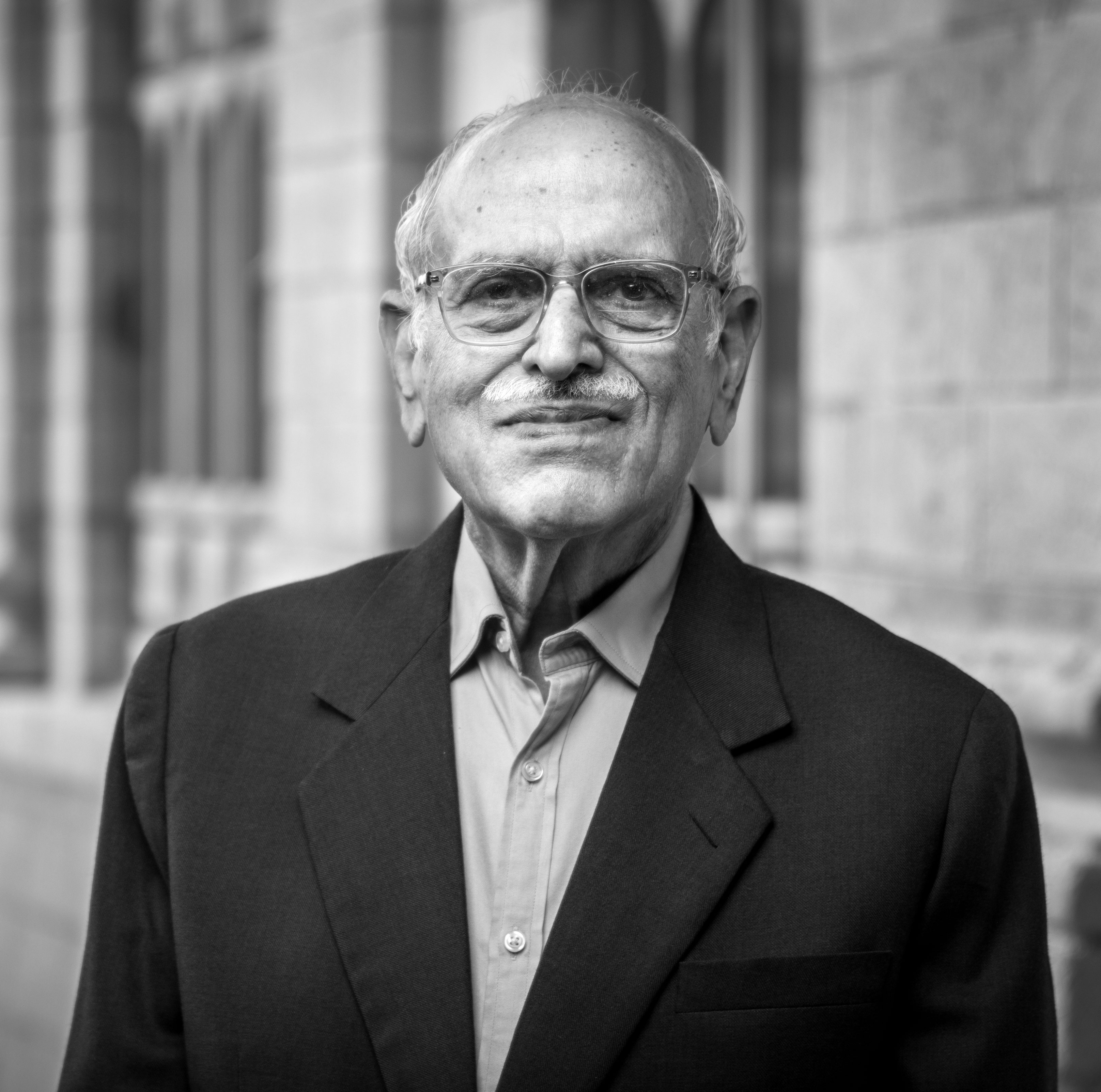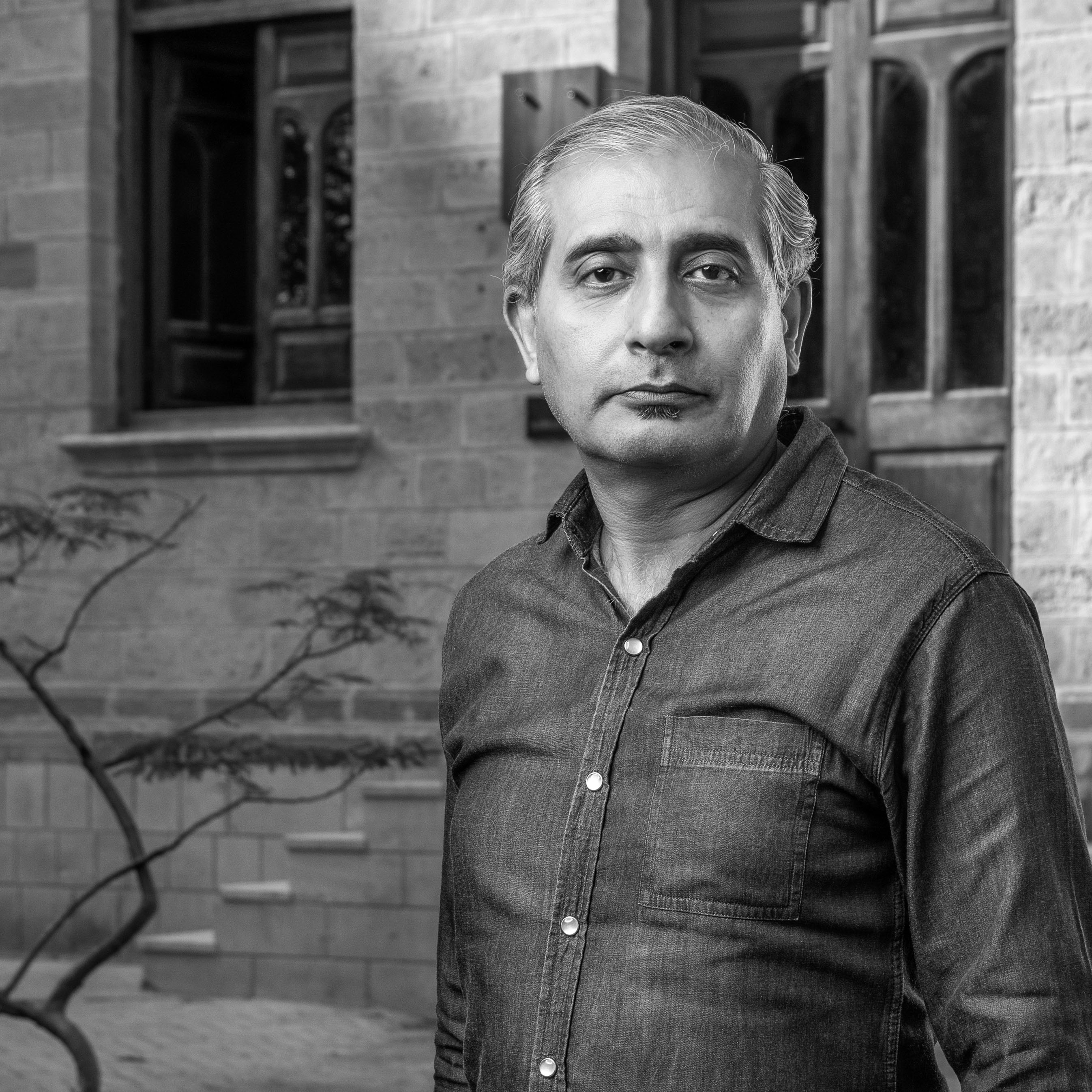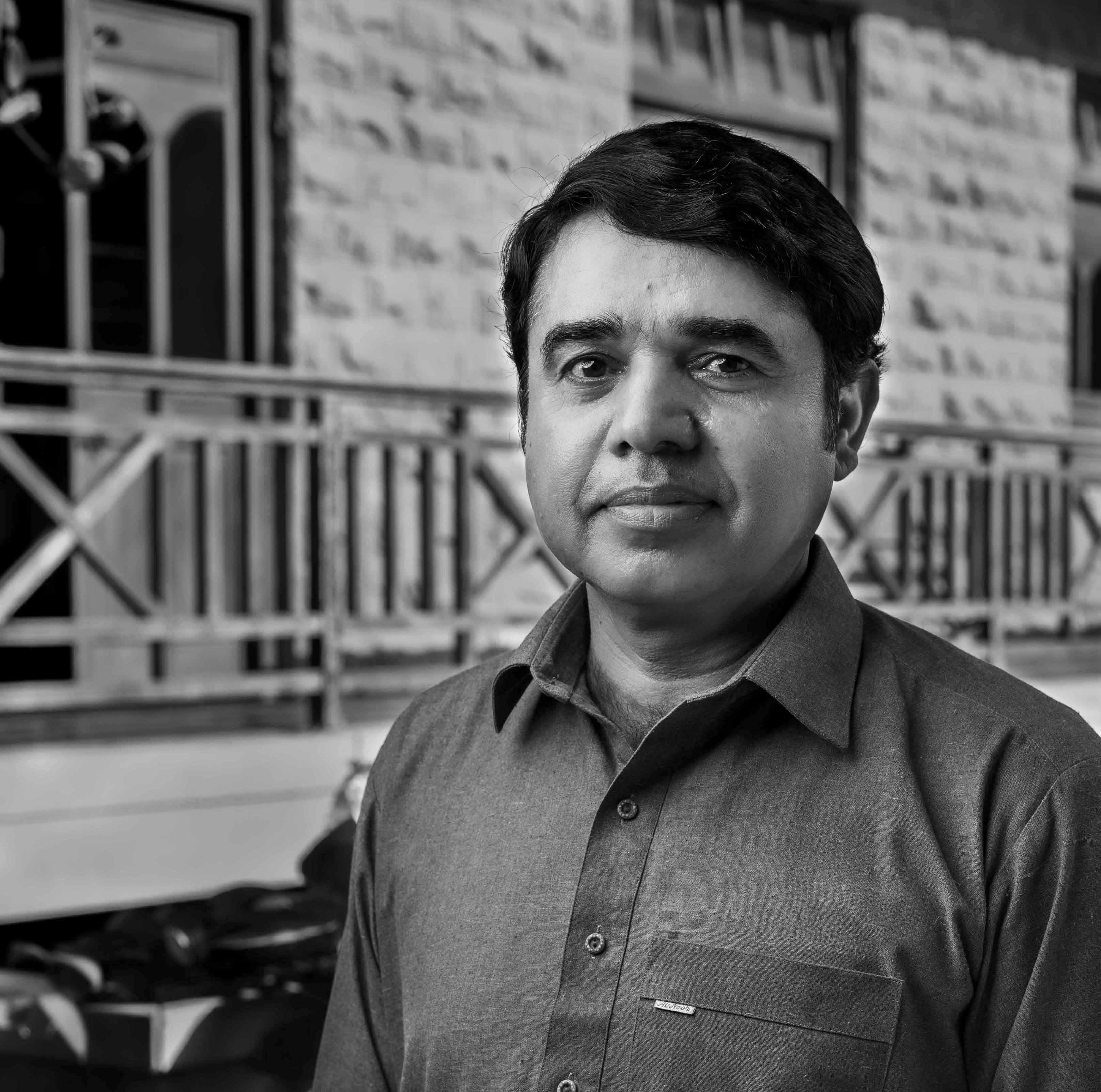See what this programme offers
The Department of Interior Design at IVS graduates professional interior designers who can navigate and revolutionise the enclosed yet porous ecologies of residential structures, commercial buildings, healthcare facilities, industrial buildings, hospitality industry, film set design, adaptive reuse of buildings, museums, and exhibition spaces, among others. The four-year bachelor’s degree programme is the only one of its kind in Pakistan, setting and raising academic and professional standards in the field through a comprehensive approach to education that incorporates applied design as well as visual arts. The degree structure bridges the practices of interior design and architecture dealing with complex structural, environmental, and sustainable design solutions. The learning is spread over four years of extensive integrated learning modules. The programme concludes by completing a research paper, a strategic portfolio of work, and a major design project assessed by a panel of external jurors drawn from the design community worldwide. We bring a multi-faceted and innovative approach to education that complements studio courses with critical thinking, history, theory and successful practice with research, ethics, and social responsibility. These are aimed at developing specific abilities, skills, and knowledge on the one hand and spatial design enquiry, practice and norms on the other. Nurtured by our faculty that draws on worlds of academia and practice, our graduates are empathic and socially conscious problem-solvers, exceptional practitioners, and thoughtful professionals.
| Third Semester | ||
| Course Code | Course Title | Credit Hours |
| ID323 | Interior Design I | 6 |
| ID325 | Fundamentals of Interior Design | 3 |
| ID324 | Drawing and Visual Communication I Module I: Technical Drawing Module II: Presentation Techniques | 3 |
| LA354 | Histories of Art, Design and Architecture III | 3 |
| LA308 | Islamic and Pakistan Studies | 3 |
| Total Credits: 18 | ||
| Fourth Semester | ||
| Course Code | Course Title | Credit Hours |
| ID423 | Interior Design II | 6 |
| ID420 | Materials and Details | 3 |
| ID430 | Color in Design | 3 |
| ID424 | Drawing and Visual Communication II Module I: Digital Drawing Module II: Photography | 3 |
| LA | General Elective | 3 |
| Total Credits: 18 | ||
| Fifth Semester | ||
| Course Code | Course Title | Credit Hours |
| ID523 | Interior Design III | 6 |
| ID526 | History and Theory | 3 |
| ID528 | Digital Tools | 3 |
| LA | General Elective | 3 |
| LA | Art History/ Visual Culture Elective | 3 |
| Total Credits: 18 | ||
| Sixth Semester | ||
| Course Code | Course Title | Credit Hours |
| ID623 | Interior Design IV | 6 |
| ID627 | Interior Structures and Systems | 3 |
| ID631 | Introduction to Furniture Design | 3 |
| LA612 | Research Methodologies (Prerequisite for Final Research Paper) | 3 |
| LA | General Elective | 3 |
| Total Credits: 18 | ||
| Seventh Semester | ||
| Course Code | Course Title | Credit Hours |
| ID723 | Interior Design V | 6 |
| ID719 | Advanced Theories of Interior Architecture | 3 |
| ID716 | Lighting and Acoustics Design | 3 |
| ID807 | Thesis Research Design I | 3 |
| LA768 | Final Research Paper | 3 |
| Total Credits: 18 | ||
| Eighth Semester | ||
| Course Code | Course Title | Credit Hours |
| ID807 | Thesis Research Design II | 9 |
| ID829 | Professional Practice and Internship | 3 |
| Total Credits: 15 | ||
Total Credits Semesters 1-2: 36
Total Credits Semesters 3-8: 102
Total Credits required for a Bachelor of Interior Design degree: 138
Interior Design Studios
A sequence of studio courses provides practical skills and enhances awareness of the built environment, engaging students with a diverse range of projects and building types all along the spectrum from singular to multi-functional use, planed across the public, private, and commercial realms. Each level of the studio over the span of three years, invites the students to shape a personal response and design philosophy. The studio modules are designed for progressive complexity, from residential to commercial use, from hospitality to sustainable built environment, and from architectural preservation to adaptive reuse of spaces. Studios bring together conceptualization, functionality, operations, practicality, and imagination—highlighting individuality, creativity, contextual relevance, and socially-responsible design practices.
Fundamentals of Interior design
This course is designed to introduce the profession of interior design, its history, its specializations, and related disciplines. Principles and Elements of design, building structure, and related components of interior design, outline the general context, approaches, and concepts prevalent in the design world. Here, the works of designers and architects serve as illustrations and case studies.
Visual Communication I and II
The course entails the following modules spread out over two semesters: interior architecture drafting techniques, drawing, model-making, and digital drawing concepts. Students learn to conceptualize plans, sections, interior elevations, interior perspectives, and other details for a small design project. Techniques from drawings to mood boards, material boards, sample boards, and skills in various mediums of exploration and visualization are taught.
The drawing module builds on the Foundation Year’s emphasis on drawing, and continues on to emphasise interior drafting as a mode of communication in design practice. It opens with sketch visualisation techniques and perspective, followed by drawing techniques that add surface texture, tonality, reflections, shades, and shadows. Students are exposed to various mediums, techniques, and tools necessary for small-scale projects. The course is further divided into various modules.
The module in photography centres on the relation between spaces and media, providing students a knowledge of the fundamentals of photography—from techniques to tools to production of outputs.
In model-making, students learn the art of manual and digital three-dimensional representation from conceptual models to detailed interior design models.
The module on digital drawing in the design world brings fundamentals of AutoCAD into discussion, culminating in advanced drawing techniques with digital tools. 2-D drawings will be covered in detail with the introduction of 3-D drawing techniques and drawing packages.
History and Theory
This course surveys the history of art, architecture, and interior design from ancient civilisations to the modern period in the East and the West. The course also introduces Islamic history, art, and architecture in terms of philosophical aesthetics, design theory, and the socio-economic, political, and environmental contexts with a view to tracing design evolution and historic trends.
Introduction to Furniture Design
The course surveys the history and evolution of furniture styles, elements, motifs, and interior design in the East and the West, from the Old World to the New World, from the Renaissance to modernity. The progression and evolution of furniture styles, and design of the interior environment throughout history gives an appreciation for humankind’s achievements and aids in understanding current design trends. Students explore design choices and critically analyse existing designs.
Colour and Design
This course aims to provide visual training to students, so as to enable them to understand, embellish, and manage their design, often across many disciplinary areas, typically those professional and research sectors in which the use and management of colours are essential. Examples of such production areas include industrial product design, interior architecture, communication, fashion, entertainment, and urban environments. Particular attention is paid to analysing and summarising utilisation, control, ideation, organisation, and planning through the use of colour. Consequently, colour is not treated as a simple attribute of objects or surfaces, but as a means of expression and design under-lying perception and interaction with reality.
Materials and Details
Understanding building materials and finishes is at the heart of this course which covers a wide array of materials used in the building industry, both traditional and contemporary, for interior and exterior use, at a variety of scales. The idea is to develop an eye for detail and the ability to zoom in and create various design solutions.
Digital Tools
Presentation techniques have radically changed with the development of computer-aided drafting and rendering techniques. In order to keep up with professional standards, the course covers both two-dimensional and three-dimensional drawings and relevant rendering techniques. Practical exercises will help the students to develop a basic knowledge of how computer software can be applied to the creation of 2-D and 3-D drawings and interior construction details. Software includes AutoCAD 3-D, Google Sketch Up, Adobe Photoshop, 3-D Max, and V-Ray.
Interior Structures and Systems
This course enables students to explore various aspects of building envelopes: skin, structure, core, and various working details. It discusses the issues of alteration and modification of structures in old and new buildings along with a necessary understanding of services, systems, and function in the interior envelope of the building.
Lighting and Acoustics Design
The first part of this course identifies lighting design as a key component of interior design. A research study of natural and artificial lighting, light measurements, and luminaires is undertaken. Students will learn about lighting requirements based on different typologies and how the human eye perceives light in different environments. The second part introduces acoustics, noise control, and acceptable sound levels. It also covers sound behaviour, sound transmission loss, structure-borne and impact sound, and the effect of the choice of interior materials on indoor sound levels.
Professional Practice
This course offers an overview of methods of planning and monitoring an interior design practice. Students are trained to prepare BOQs and specification books, to deal with vendors, suppliers, and contractors, and to conduct agreements and contracts. This course also offers the unique opportunity for students to interact with practising professionals and learn from their experience.
Thesis Research Design
In order to receive a degree in the Bachelors of interior design, it’s mandatory for every student to complete a design thesis in an interior environment that combines advanced research and analysis to design a specific design programme. Keeping in view the context, culture, and politics of the space, and the interrelation-ship of codes, regulations, standards, material specifications and sustainability of applications. Students develop relevant design solutions with sound contextual understanding.
The articulation of interior design solutions must be accompanied by the student’s own personal philosophy, interest with effective communication skills and technical details of the selected research program. Each thesis must convey full awareness of interior design related practices, methods, and techniques relevant to the field of interior, design and architecture. Emphasis is placed on creativity and originality of concepts. Thesis Research Design I & II (spring-summer-fall)
It’s an inquiry to explore the potentials of the field of interior design. The course is spread across two semesters starting as thesis research design I in the 7th semester and continue as thesis research design II in the fall semester. The first part of the course will focus on research investigation as an independent field of inquiry and later translated into a focused design project.
Internship
This training component will introduce students to the design profession through an internship at an architecture and interior design firm. With the guidance of the department head the students work as junior designers to gain valuable expo-sure to the real design world in order to prepare themselves for future practice.
Community Outreach
If we understand the close relation of Interior Design to the quest for improving human experience through interior environments that are effective, efficient, and exceptional, then designers should deem it a professional obligation to give back to society by creating better environments. The department works to advance various aspects of community outreach through education, research, and knowledge-sharing to bene-fit society and the Interior Design profession.
Seminars, Documentary Series, and Workshops Seminars, screenings, invited lectures, and workshops are held throughout the year and are an integral part of the four-year degree programme.
Study Trips
The department organises trips and tours within the country to help give the required exposure to students at all levels of their academic involvement. These trips are geared to promote academic, professional, and spiritual growth of the students. School faculty lead study tours and the trips last from one to three weeks.
Materials Industry Trips
The faculty organises visits to a variety of material display centres to familiarise students to the ongoing material and construction methodology trends in the field. In other instances, students are also taken to local markets such as the “Paper Market” and “Botal Gali” to purchase raw materials for studio modules structured around the Design-Build system.
Materials Laboratory
The Materials Lab is an on-campus facility that provides an opportunity for the students to explore the properties and challenges of various types of materials used in creating a built environment. A wide range of materials including glass, ceramics, wood, textiles, metal, etc., are accessible to students as they create representations of their ideas through material boards and incorporate the understanding of materials into their studio coursework..
Collaborations and Affiliations
The Department of Interior design has various industry collaborations ranging from links to the design community to various non-profit organisation. In recent years, it has collaborated with institutions like NED University, University of Karachi Visual Studies, and Tabeer-e-Nau for its heritage reuse program. The department has collaborated with Hast-o-Neest institute of traditional studies and arts and with Reform Creative, NYC, USA for creative practice and education.
Message from the Head of Department

Mohammad Usman Ansari
Head, Department of Interior Design
Globally, Interior Design is a formalized practice that, while proliferating exponentially, is still an emerging field within the local landscape. Educating aspiring designers in this evolving context is an immense opportunity, for practice and pedagogy alike.
Within the design studio and beyond, students are taught to look further than the required understanding of building envelope and structure, materials, furnishings, color psychology, lighting, acoustics, and digital technology. The program encourages a research-driven, context-sensitive, user-centered, and energy-conscious approach to the design of interior spaces. Our curriculum continues to evolve to draw from one of the key characteristics of the profession itself; its ability to bridge other design disciplines such as Communication Design, Fine Art, Textile Design and Architecture.
We are committed to taking advantage of our setting at IVSAA to inculcate an environment of collaboration and produce graduates who can better inform the practice as it evolves in the current context, locally and internationally.

